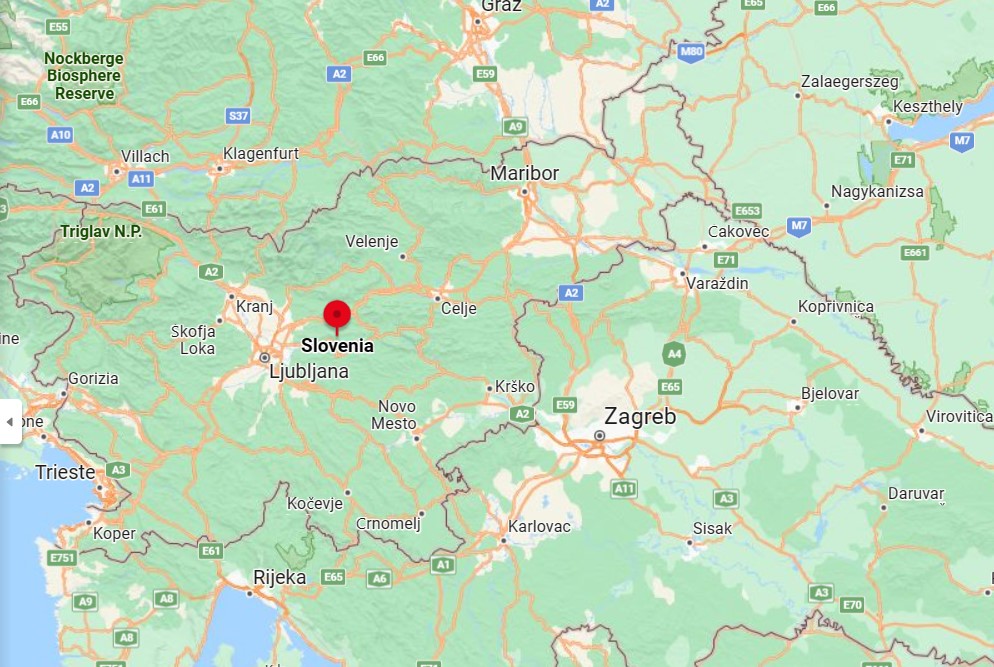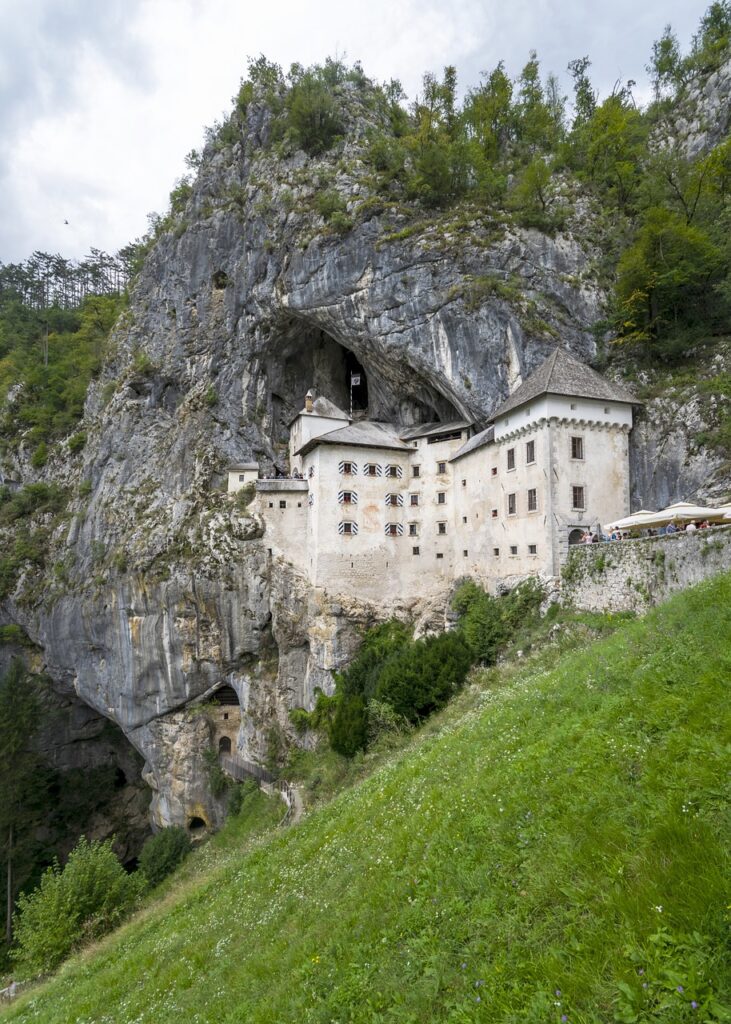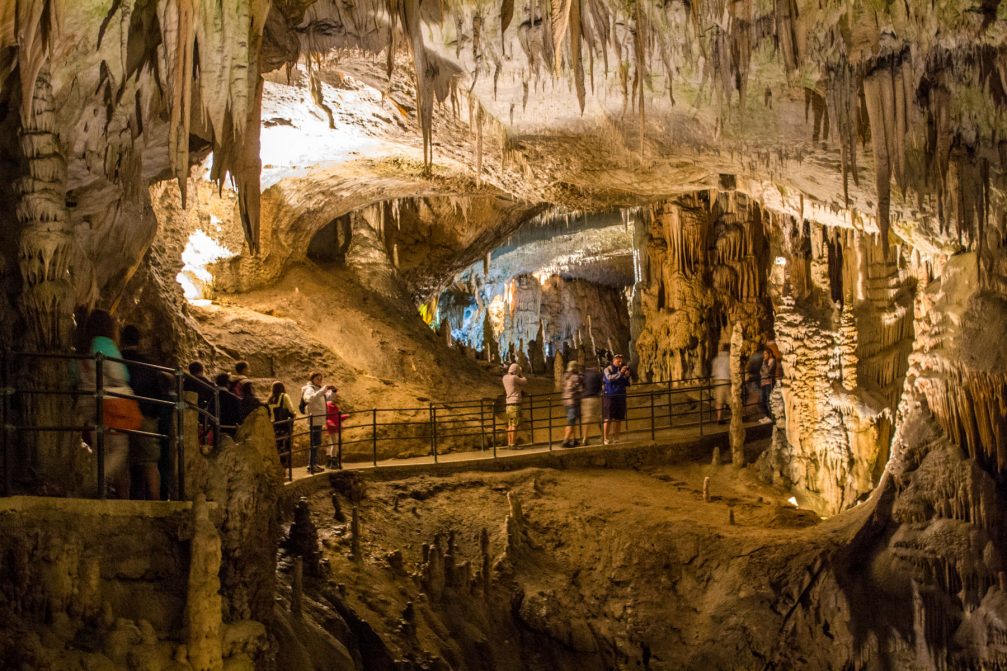Slovenia
Grades
 Slovenia is home to a thriving population of brown bears. At over 1000 bears, it is one of the biggest bear populations in Europe. After World War Two, the bears were in danger of being wiped out, since people had little to eat, but due to a number of initiatives, their numbers have been increasing.
Slovenia is home to a thriving population of brown bears. At over 1000 bears, it is one of the biggest bear populations in Europe. After World War Two, the bears were in danger of being wiped out, since people had little to eat, but due to a number of initiatives, their numbers have been increasing.
But the Slovenian animal that is most closely linked to the country is the olm, a blind cave-dwelling vertebrate. It is the country’s official symbol.
The olm is a salamander native to the underground waters of Slovenia’s section of the Dinaric Alps. Fully aquatic, the olm has a long tail and a slender, pinkish-white body. Its eyes are covered with a thin layer of skin, making it completely blind. The olm’s skin is extremely sensitive and can detect changes in the water around it. It can reach lengths of up to 30 centimeters and live for up to 100 years.
∗
Speaking of caves, Slovenia is home to some of the most stunning and unique cave systems in the world. One of the most famous is the Postojna Cave. Located twenty miles to the southwest of Ljubljana, the capital, Postojna Cave is home to many olms as well as other subterranean creatures. This incredible underground world is full of limestone formations, underground rivers, and unique wildlife.
Postojna Cave is a complex of underground caves that stretches over 15 miles (24 kilometers) long, making it one of the most extensive cave systems in the world. One of the most remarkable features of Postojna Cave is the size of its caverns. The largest, called the Concert Hall, can hold up to 10,000 people at once.
To explore the cave, visitors take a train ride for 1.5 miles, then detrain for about an hour’s walk among the stalactites and stalagmites.
∗
 A half-hour drive from Postojna Cave is Predjama Castle, the world’s largest cave castle. The castle is famous not only for its size but also for the legendary knight, Erasmus of Lueg, a 15th century robber baron and the son of the imperial governor of Trieste, in what is now Italy.
A half-hour drive from Postojna Cave is Predjama Castle, the world’s largest cave castle. The castle is famous not only for its size but also for the legendary knight, Erasmus of Lueg, a 15th century robber baron and the son of the imperial governor of Trieste, in what is now Italy.
Erasmus became a fugitive when he killed the commander of the army of the Habsburgs, who were in power at the time. The commander had offended the house of a deceased friend of Erasmus’s. Erasmus had to flee for his life to the family fortress of Predjama. To make matters worse for himself, however, Erasmus allied himself with another warlord and began raiding Habsburg towns and castles.
The emperor commissioned the current governor of Trieste, Andrej Ravbar, with capturing or killing Erasmus. A long siege soon began of the castle. Try as he may, Ravbar’s men could not take the castle, especially since Erasmus had ordered all the trees of the area be cut down so Ravbar’s men had no cover from the withering fire of cannons and arrows from above.
Ravbar then decided to starve out Erasmus. However, doing that also failed. Ravbar did not know a secret tunnel led through the mountain to a valley on the other side. Erasmus was constantly being re-provisioned.

The siege abruptly ended when Erasmus was killed, probably by a cannon shot. According to an unproven legend, Ravbar was ready to give up the siege. But then a servant of Erasmus betrayed his sire. He signaled to Ravbar when Erasmus was on his private toilet. As was common in many castles, the toilet was situated just inside castle wall, so the poop could fall to the valley below. Now knowing where in the castle Erasmus was, Ravbar had his cannoneers fire their weapons.
Slovenia Activity 1
Draw and label trees for the following sentences.
- Ravbar then decided to starve out Erasmus.
- A long siege soon began of the castle.
- The siege abruptly ended when Erasmus was killed, probably by a cannon shot.